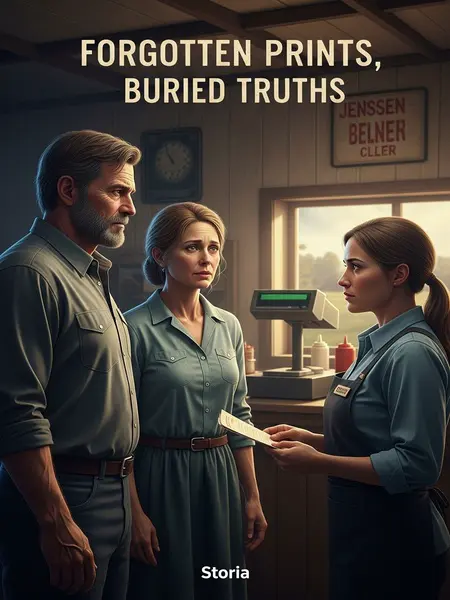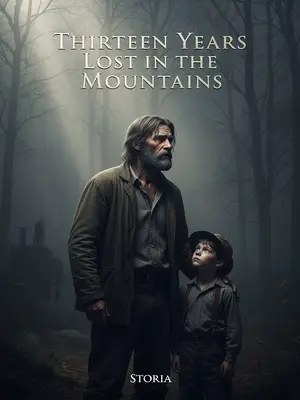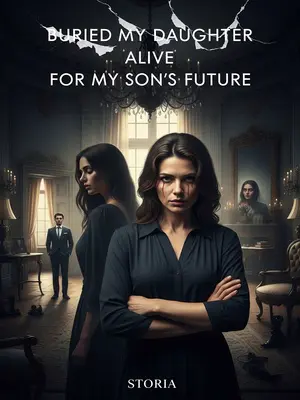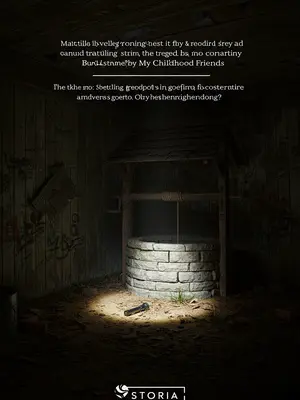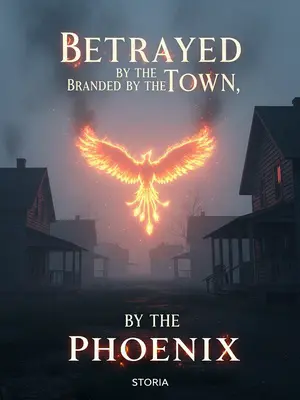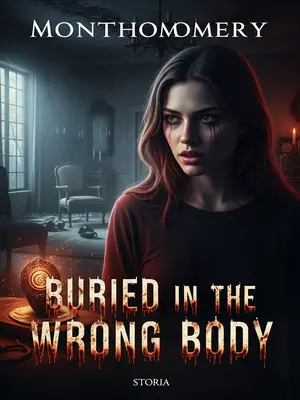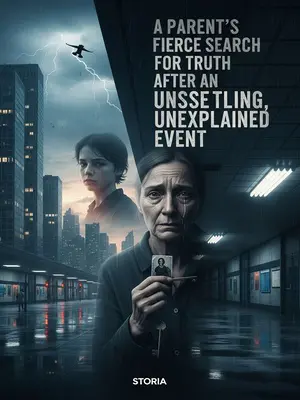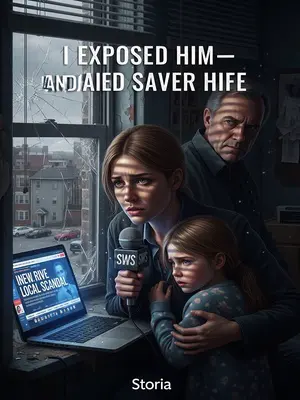Chapter 1: The Fingerprint That Changed Everything
Just after New Year’s, a married couple stepped into the county clerk’s office, their matching wool coats dusted with January chill. The husband squeezed his wife’s hand, his eyes darting nervously to the wall clock as they made small talk about the weather and the ugly sweater contest flyer still taped to the front desk. Their laughter was brittle, betraying a hint of unease as they waited for their turn.
The office still sported a few leftover candy canes and a faded string of tinsel from the holiday potluck, a sad, sagging balloon hovering near the coffee maker. Outside, the wind rattled the flag on the pole, and the sky was that relentless gray that makes you want to crawl back under the covers. The couple looked like they’d just come from church, bundled close together, shivering in the drafty waiting room. I was still half-lost in thoughts of my leftover black-eyed peas and ham—a Southern New Year’s tradition for luck—when the scanner let out a high-pitched beep, sharp enough to snap anyone awake.
The screen displayed a fingerprint match tied to a case file—one that had haunted law enforcement for twenty-two years and never found closure.
The alert flashed in bold red across my monitor: MATCH FOUND. For a split second, I wondered if I’d fumbled the keys, but there it was, undeniable. My heart pounded, hands suddenly clammy as a chill ran up my arms, sending goosebumps prickling across my skin.
That old case was infamous—a family massacre, four people dead, not a single survivor left to tell the tale.
Even after all these years, the details lingered in the department like a ghost story told on true crime podcasts, a tragedy that left scars on the town’s collective memory.
The crime scene was a thousand miles away, far from our quiet corner of the world.
It made you wonder how fate could bridge such distances—how, after two decades and a thousand miles, the past could circle back to a sleepy county office like ours.
The original suspect had been the son-in-law, newly married into the family. After the killings, he’d vanished—no leads, no trace.
His name had become legend, whispered in old newspaper clippings and dissected in rumors over coffee at the local diner. Folks told his story like a warning, the kind of tale that kept you up at night.
The case froze in time, unsolved, the air around it heavy with suspicion and grief.
It was the sort of cold that seeped into your bones, the kind that made detectives retire early and neighbors check their locks twice.
Now, standing before me was another son-in-law, married into his wife’s family, just like the suspect from so long ago.
I glanced at the couple, their fingers laced tight, wedding rings catching the harsh fluorescent light. The déjà vu was thick, like the universe playing a cruel joke.
But the couple denied everything—insisting they’d never been anywhere near that town, swearing they were each other’s first love, first marriage. Besides, twenty-two years ago, the husband would have been just a kid—maybe ten—how could he have possibly committed such a crime, let alone been married?
Their voices tangled together, the wife’s cheeks flushed with anger, the husband’s eyes wide with disbelief. It was the kind of denial that felt real, the sort that made you want to trust them—if only the evidence wasn’t so damning.
Could it be a DMV system glitch?
Part of me hoped for a technical hiccup, a computer bug, anything to make this easier. I pictured some IT guy at the state office, sipping burnt coffee, shrugging at the error code.
But the truth was, the system was fine. The real problem lay with the suspect’s memory—fractured, unreliable.
That realization hit hard, leaving a hollow ache in my gut. Sometimes the ghosts we’re chasing aren’t dead—they’re just hiding in the forgotten corners of someone’s mind.
